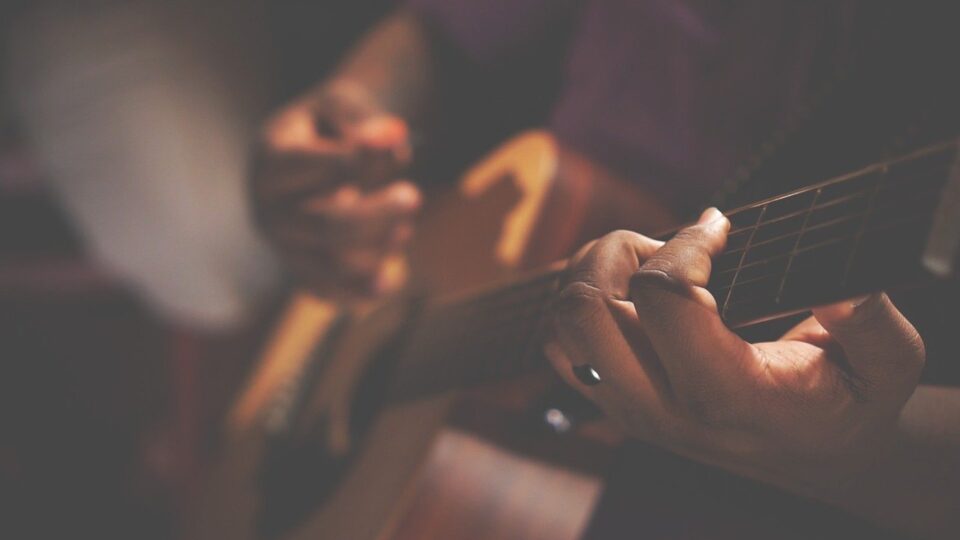There are a lot of new ways to understand guitar music, but sometimes the most accurate transferable method comes from the classics. Learning to read sheet music can be tough, but it’s definitely worth persevering to improve your knowledge and appreciation for the process a lot more.
If you want to find out more about how to read guitar sheet music, you should consider this link where you can find more detailed information as well as useful tips to practice. For now, these are some of the basics that you will need to start reading sheet music and corresponding that to your fretboard.
On The Stave
The first thing you need to do is pay attention to the stave. This is the name of the five lines on the music sheet. By working on associating the marks on each line of the stave with a note, you are already halfway to reading sheet music.
Starting with the lowest line on the stave and next to the treble clef, say to yourself Every Good Boy Does Fine. The first note on the bottom is E, and the mark on the next line going up is G, then the same applies until you have a note on the top line of the stave which is F. The letters of the acronym correspond to the first series of notes.
Space Between The Lines
Next it’s time to learn the FACE acronym. Starting where you are on the final note of the previous acronym, the F corresponds to the note between the bottom line of the stave and the one above it. The key difference between these notes and the previous ones is that they sit between the lines, rather than on top of them.
Once you have found the F, you can move upwards one note at a time until you can spell out the word FACE. The notes corresponding to the letter are accurate, which makes these a little easier to remember.
Ledger Lines
Among other things, it’s important to learn the different terms that exist in the world of sheet music. This can allow you to understand different musical processes better as they happen. One of the most frequently seen term is ledger lines. This is the name given to notes that are seen above or below the standard five lines. Luckily, ledger lines are usually seen as notes that have a certain number of spaces underneath it. This corresponds to how many notes above or below your normal scale you need to go.
Fretboard
Next, it’s time to practice corresponding the notes on a sheet to the fretboard. This can be one of the most challenging stages because of the different levels of cognition and muscle memory that need to be tapped into. The success of this also depends on your existing knowledge of notes and chord progression on the guitar.
Using the tab as a reference, try to hold down the strings in the right place on the fretboard to shape the corresponding note on the sheet music. This can be a little complicated, which is why it’s important to practice regularly and build up to changing chords.
Once you have taken the time to get a feel for each chord and see what kind of shape your hand needs to be in, you can strum each chord to see how each string affects the sound. Then, you can look at the sheet music and test yourself by attempting to shape the according note from the chord before checking using the tab.
After you have allowed yourself the chance to practice different chords, it’s time to push yourself a little further. Try to strum a chord for a few bars before switching to another chord while strumming. This is another challenging stage because it is a lot harder than it looks.
Summary
Learning to read guitar music is definitely a challenge, and it is worth taking the time to practice each stage before progressing to a more difficult chord or chord combination. Muscle memory is highly important during this, and getting your hands used to the feeling of each chord and understanding the shape your fingers need to make is another thing that can be particularly challenging for those who are new to playing guitar.
Try to be patient with yourself, and allow the chance to practice without getting frustrated. Make sure you check out the link above, and use the tab to get a visual aid of each chord. You’ll be reading sheet music effortlessly in no time!

